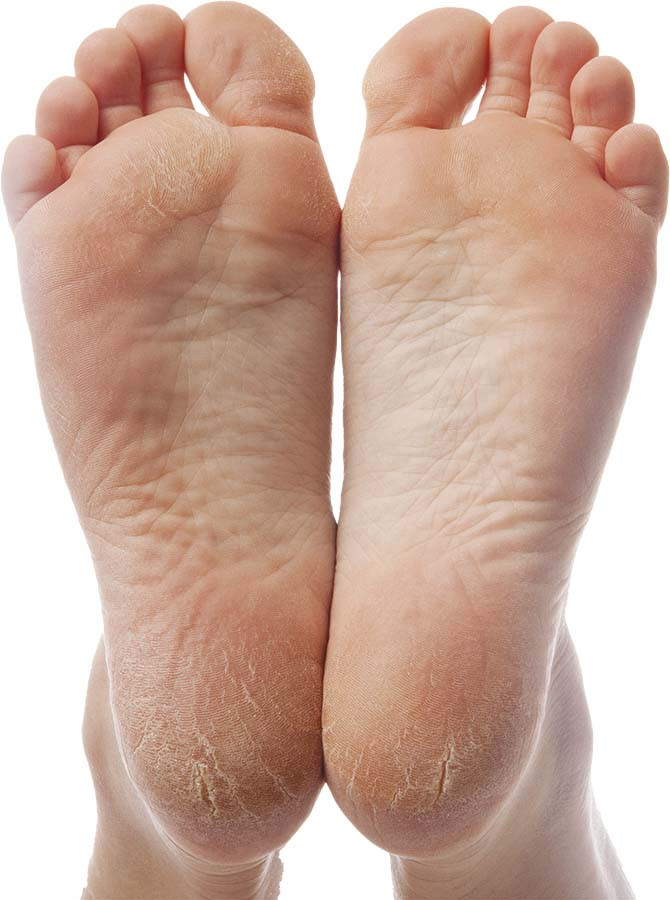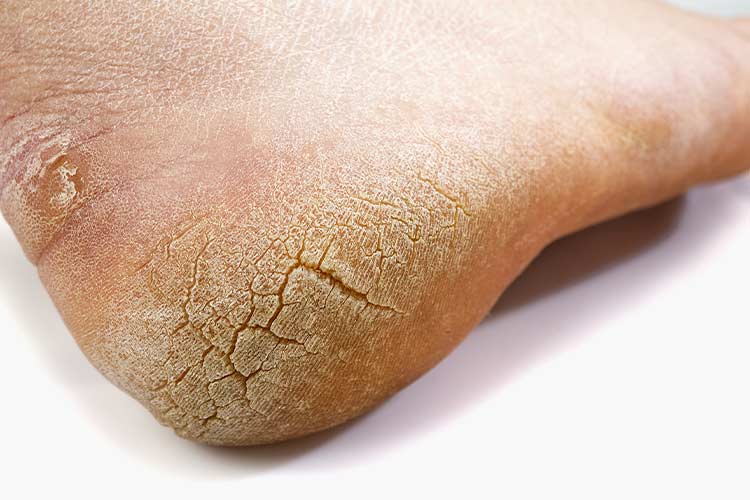5 Essential Tips to Prevent and Heal Cracked Heels: A Fashionista’s Guide to Soft, Smooth Soles
Cracked heels can be a significant source of discomfort and embarrassment, especially for those who prioritize fashion and aesthetics. The condition, medically known as heel fissures, is characterized by deep cracks or splits in the skin of the heels. These fissures can range from mild to severe, with the latter often leading to pain, bleeding, and potential infection. Understanding the causes and effective remedies for cracked heels is crucial for maintaining not just comfort, but also the confidence that comes with smooth, healthy feet.

What Causes Cracked Heels?
Several factors contribute to the development of cracked heels. One of the primary causes is dry skin, which can be exacerbated by environmental factors such as low humidity and cold weather. When the skin loses moisture, it becomes brittle and prone to cracking. Another significant factor is standing for long periods, which puts pressure on the heels and can lead to the formation of calluses. These calluses, in turn, can crack due to the lack of elasticity in the skin. Additionally, certain medical conditions, such as psoriasis and eczema, can also contribute to the development of cracked heels by affecting the skin’s natural barrier function.

Tip 1: Hydrate Your Skin Daily
One of the most effective ways to prevent and heal cracked heels is to ensure that your skin remains well-hydrated. This can be achieved through regular moisturizing. Look for creams or lotions that contain ingredients like urea, lanolin, and alpha-hydroxy acids, which help to retain moisture and soften the skin. Applying moisturizer immediately after showering, when the skin is still damp, can enhance its absorption. For best results, use a pumice stone to gently exfoliate the heels before applying the moisturizer. This helps to remove dead skin cells and allows the moisturizer to penetrate deeper into the skin.

Tip 2: Wear Supportive Footwear
Wearing the right footwear can make a significant difference in preventing cracked heels. Opt for shoes that provide good arch support and have a closed back to keep the heel area protected. Open-back shoes, such as flip-flops and sandals, can expose the heels to friction and pressure, leading to the development of calluses and subsequent cracking. Additionally, consider using heel pads or cushions to reduce pressure on the heels. According to Dr. Emily Splichal, a podiatrist and author of “Stretch to Win,” supportive footwear is essential for maintaining the health of your feet and preventing issues like cracked heels.

Tip 3: Maintain a Healthy Diet
Your diet plays a crucial role in the health of your skin, including the condition of your heels. Consuming a diet rich in vitamins and minerals can help to keep your skin hydrated and supple. Foods high in vitamin E, such as almonds and spinach, can improve skin elasticity and reduce the risk of cracking. Similarly, omega-3 fatty acids, found in fish and flaxseeds, can help to maintain the skin’s natural moisture barrier. According to a study published in the Journal of Dermatological Treatment, a diet deficient in essential nutrients can lead to dry, cracked skin, emphasizing the importance of a balanced diet for overall skin health.
:max_bytes(150000):strip_icc()/coping-with-dry-cracked-feet-1337642-v2-31bdcd9cec7b452b84ab626bc566c433.png)
Tip 4: Practice Regular Foot Care
Regular foot care is essential for preventing and healing cracked heels. This includes routine exfoliation to remove dead skin cells and promote skin renewal. Using a foot file or pumice stone once or twice a week can help to keep the heels smooth and soft. Additionally, consider incorporating foot soaks into your routine. Adding Epsom salts or essential oils to warm water can help to soften the skin and reduce inflammation. According to celebrity podiatrist Dr. Suzanne Levine, “Regular foot care is the cornerstone of maintaining healthy, beautiful feet. It’s not just about aesthetics; it’s about preventing discomfort and potential complications.”
Tip 5: Seek Professional Help if Necessary
While home remedies can be effective for mild to moderate cases of cracked heels, severe cases may require professional intervention. If your heels are severely cracked, bleeding, or showing signs of infection, it is important to consult a healthcare professional. A podiatrist can provide specialized treatments, such as prescription-strength moisturizers, corticosteroid injections, or even surgical options if necessary. According to the American Podiatric Medical Association, early intervention is key to preventing complications and ensuring the best possible outcome for your foot health.
In conclusion, cracked heels can be a significant source of discomfort and can detract from the aesthetic appeal of your feet. By following these five essential tips—hydrating your skin daily, wearing supportive footwear, maintaining a healthy diet, practicing regular foot care, and seeking professional help when necessary—you can prevent and heal cracked heels, ensuring that your feet remain soft, smooth, and ready to step out in style.
